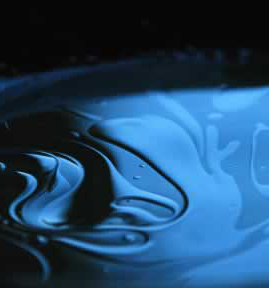Spill responders watching oily tide
 The Queensland Transport Department is scrambling to deal with an oil spill along a 10 kilometre stretch of water in the ocean south of Townsville.
The Queensland Transport Department is scrambling to deal with an oil spill along a 10 kilometre stretch of water in the ocean south of Townsville.
It is nearly two weeks since reports of the spill surfaced, but the leaky vessel that left it has yet to be identified.
Local fishers reported “an 800 metre diameter” oil spill to the Townsville Coast Guard on July 16.
By the following day, the slick had broken into clumps of oil film spread over a 30 kilometre by five kilometre area along the coast.
On July 18, Maritime Safety Queensland chairman Patrick Quirk said the oil would find its way onto local beaches.
On July 24 the first reports of oil clumps at three beaches – Mulligan Bay on Hinchinbrook Island, Forrest Beach near Ingham and on Palm Island.
Air searches over the weekend failed to find any sign of the pollutant, but coastal residents say the oil is definitely washing up.
Authorities are reportedly waiting for each new tide to bring in more evidence.
The department not yet made any reports of damage to wildlife.
Authorities have also visited nine ships in Australian ports to take samples from those that were passing through the area at the time of the spill, with several more ships to be followed up overseas.
Meanwhile, WWF-Australia spokesperson Richard Leck said reefs in low-lying coastal areas must now be checked.
“If the spill drifted across reefs at low tide then it's almost certain there are now tar balls stuck to coral,” Mr Leck told News Corp reporters.
“It's possible to remove these sticky tar balls from reefs but if nothing is done they can take years to degrade,” he said.
“We call on authorities, based on the modelling of tides and currents, to check those reefs in the path of the spill.”








 Print
Print